The charging time of an electric car varies according to several factors. The battery capacity, the charging station, and even the weather conditions influence it, but nothing is as decisive as the charging power admitted by each vehicle and provided by the charger.
According to some experts, the emergence of a battery capable of ensuring 1000 km with a single charge is not far off. But the current average values are still much lower, so the charging speed becomes one of the most important elements for those who travel by electric car. And these are the models that will make you spend less time plugged in.
Rimac Nevera – 500 kW – 0-80% in 19 minutes

With 1914 hp and 2360 Nm, the Rimac Nevera is one of the most spectacular electric cars of today, and a record holder, including the speed… of charging. The theoretically 120 kW battery of this Croatian hypercar allows for charging up to 500 kW, which means it can replenish 0-80% of its charge in just 19 minutes. But there are fewer chargers with that capacity than there are Nevera examples on the road…
Lotus Eletre – 350 kW – 10-80% in 20 minutes
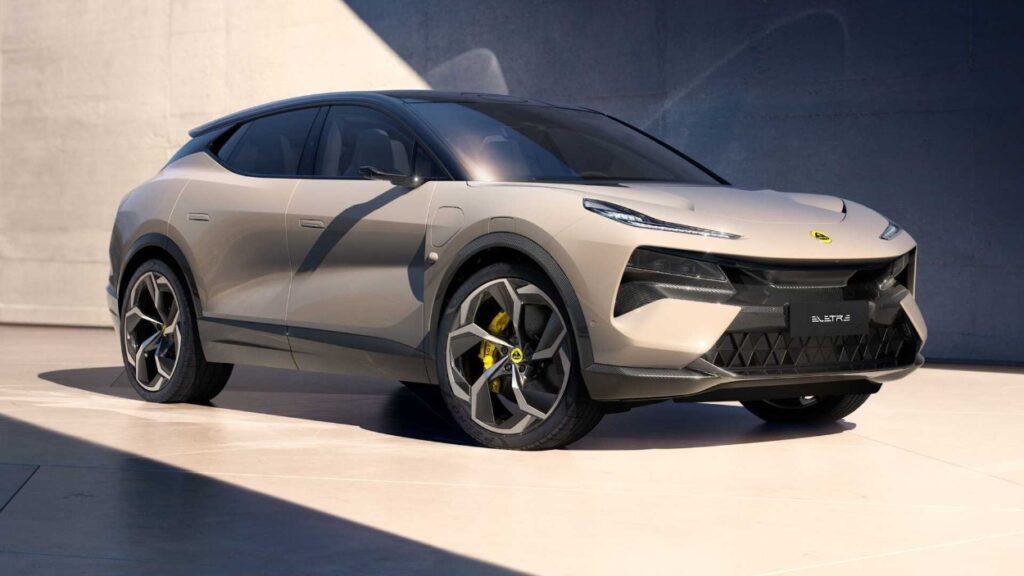
Lotus has developed an ultra-fast charging station of 450 kW, but there are still very few cars capable of processing so much energy. Including in its portfolio. The Lotus Eletre, available in the configuration of two motors, with up to 918 hp of combined power, is equipped with an 800 V electrical architecture, using a 112 kWh battery, capable of supporting a maximum direct current (DC) charging power of 350 kW, which allows for charging from 10-80% in just 20 minutes.
Hyundai Ioniq 6 – 350 kW – 10-80% in 18 minutes
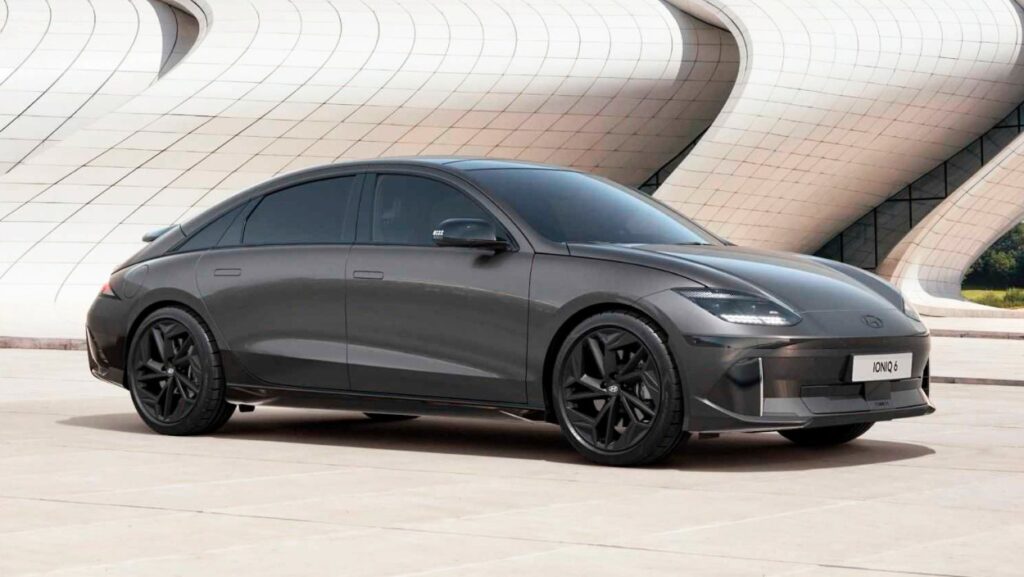
In a completely different level in terms of exclusivity and price, the Ioniq 6 also offers high-performance charging, proving that Hyundai is at the forefront of battery technology. The Korean sedan recovers up to 351 km of range in just 15 minutes, at an ultra-fast charging station. Identical numbers to those announced for the Ioniq 5.
Kia EV9 – 350 kW – 10-80% in 24 minutes
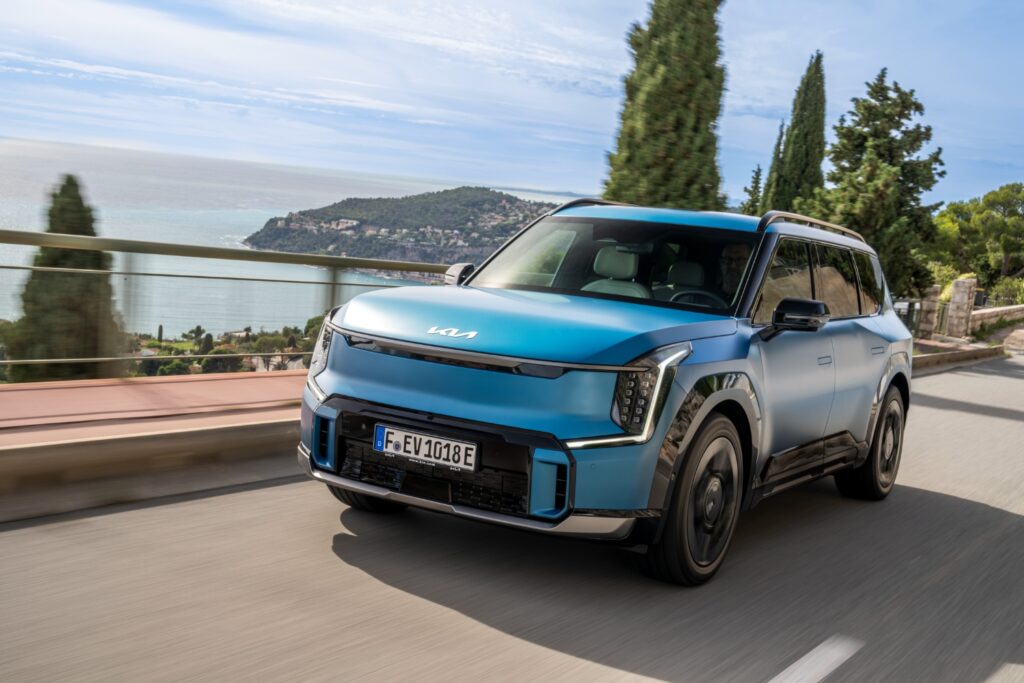
Top of the range in Kia, the EV9 confirms the ambition of the South Korean brand to assume the role of reference in electrification. Offering up to seven seats inside, the SUV is available in two power versions, always with the 99.8 kWh battery (fourth generation), allowing up to 541 km of range. Both have an onboard charger of 11 kW, but can charge at fast stations up to 350 kW, thanks to the 800 V electrical architecture, which is the same as the more powerful versions of the EV6.
Porsche Taycan – 270 kW – 5-80% in 22.5 minutes
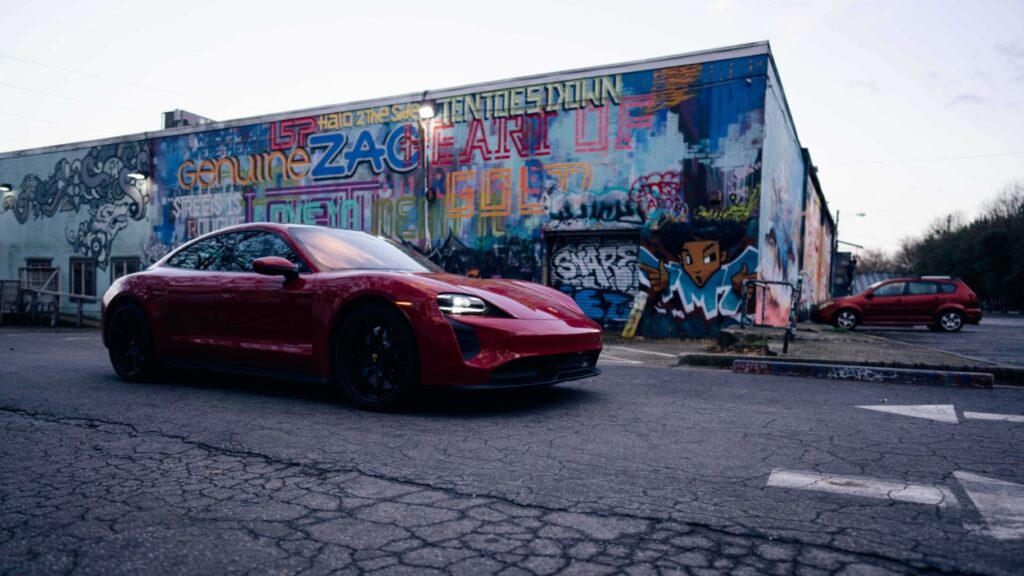
The Porsche Taycan, a sports reference in the electric vehicle segment, equipped with the Performance battery, in an 800 V charging column, takes 22.5 minutes to recover 80% of the charge, for a maximum charging power (peak) of up to 225 kW. Under these conditions, charging for a range of 100 km takes 5.5 minutes.
Tesla Model Y Performance – 250 kW – 10-80% in 22 minutes
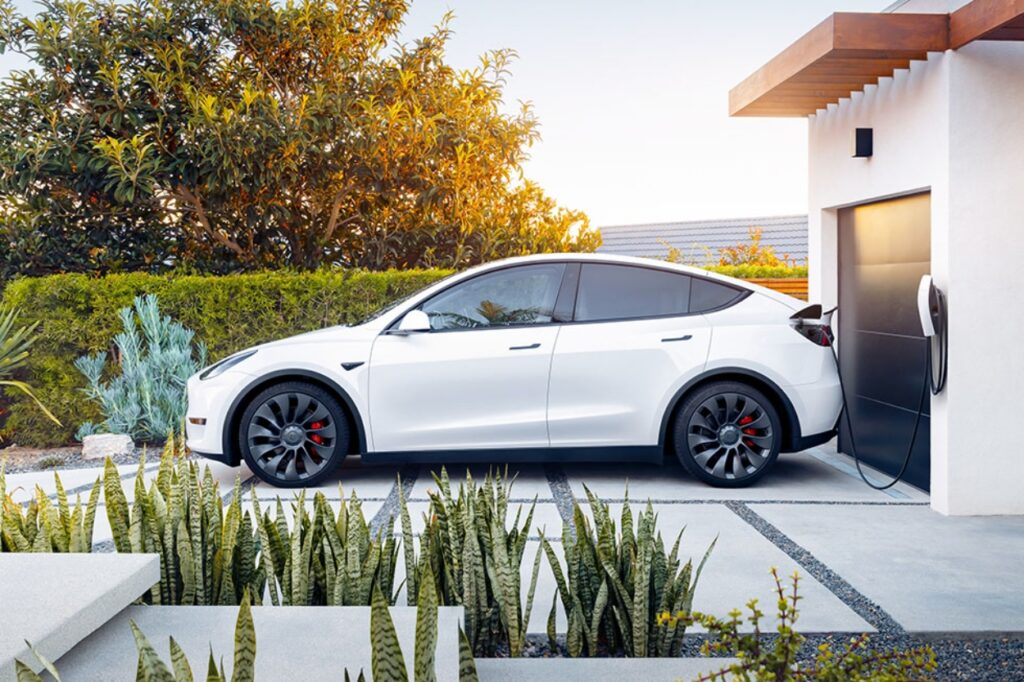
The top versions of Tesla models can receive fast charging up to 250 kW, in what is one of their strengths with the dedicated Supercharger network – or up to a maximum of 11 kW in ‘normal’ charging, although using a Wallbox. The same applies to the more powerful versions of the Model 3, Model X, and S.
Mercedes EQS Limousine – 200 kW – 10-80% in 31 minutes
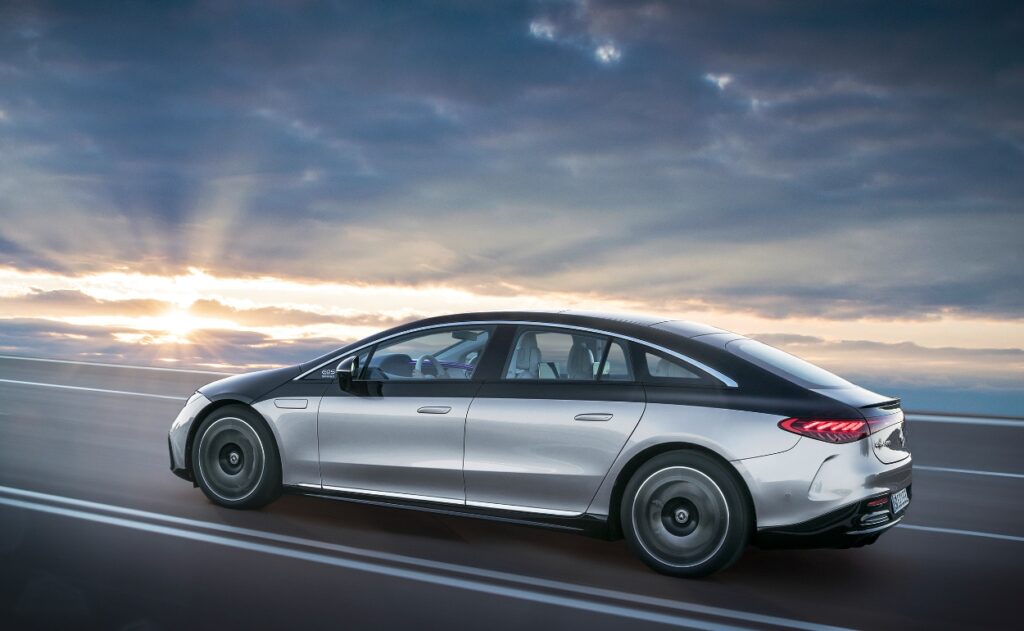
The electric “alter ego” of the S-Class, the EQS Limousine uses the same criteria of luxury and sophistication as that top of the range, but adds electric motors, a battery, and a next-generation electrical architecture, allowing for ultra-fast charging of up to 200 kW in direct current, needing just 15 minutes plugged in to recover up to 300 km. The EQS SUV also admits up to 200 kW.
BMW i5 – 205 kW – 10-80% in 31 minutes
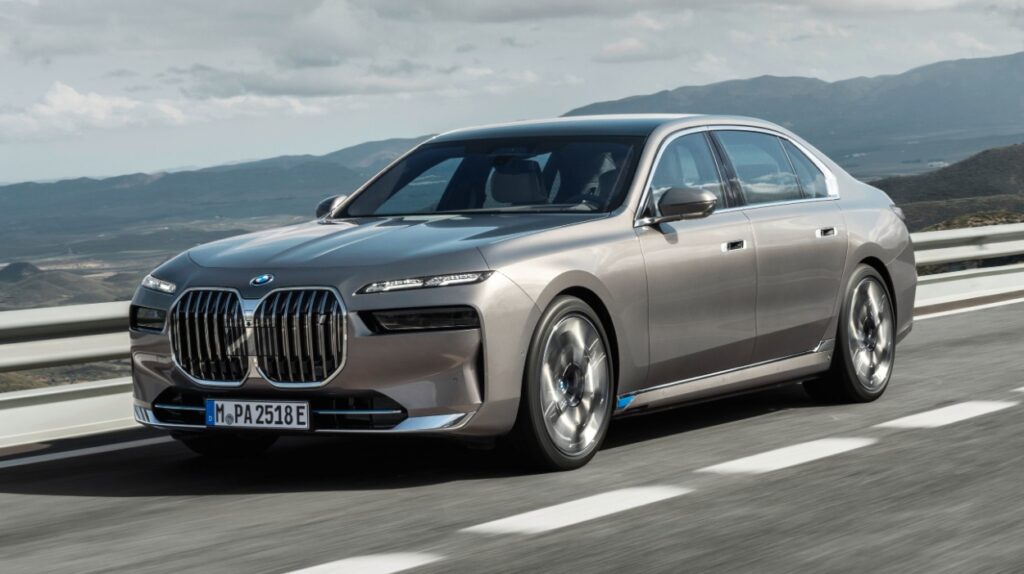
Regardless of the version, the BMW i5 mounts a battery with a useful capacity of 81.2 kWh (gross 84.6 kWh), which can recharge at a maximum power of 205 kW in DC, the highest in the range. With two electric motors, the i7 M70 announces a total of 660 hp and 1100 Nm, with a battery with a capacity of 101.7 kWh, for over 500 km of range in urban circuits. As for charging, the German model admits a maximum power of 195 kW, taking just 10 minutes to “gain” 170 km.







